 The Goldman Environmental Prize is the world’s largest and most prestigious annual award for grassroots environmentalists. Many people refer to it as the “green Nobel.” Goldman Prize winners are models of courage, and their stories are powerful and truly inspiring. “The Prize recognizes individuals for sustained and significant efforts to protect and enhance the natural environment, often at great personal risk. Each winner receives a financial award of $175,000. The Goldman Prize views ‘grassroots’ leaders as those involved in local efforts, where positive change is created through community or citizen participation in the issues that affect them. Through recognizing these individual leaders, the Prize seeks to inspire other ordinary people to take extraordinary actions to protect the natural world.”
The Goldman Environmental Prize is the world’s largest and most prestigious annual award for grassroots environmentalists. Many people refer to it as the “green Nobel.” Goldman Prize winners are models of courage, and their stories are powerful and truly inspiring. “The Prize recognizes individuals for sustained and significant efforts to protect and enhance the natural environment, often at great personal risk. Each winner receives a financial award of $175,000. The Goldman Prize views ‘grassroots’ leaders as those involved in local efforts, where positive change is created through community or citizen participation in the issues that affect them. Through recognizing these individual leaders, the Prize seeks to inspire other ordinary people to take extraordinary actions to protect the natural world.”
2016 is the prize’s 27th year. The Goldman Environmental Prize ceremony is held in San Francisco, California and then a couple of days later in Washington DC. The main event on April 18 will be livestreamed on the Goldman Prize YouTube channel, as well as on their website and Facebook page.
This year’s six prize recipients (one from each of the six inhabited continental regions) are:
- Destiny Watford—Baltimore, MD, USA: In a community whose environmental rights had long been sidelined to make room for heavy industry, Destiny Watford inspired residents of a Baltimore neighborhood to defeat plans to build the nation’s largest incinerator less than a mile away from her high school. (Her organization: Free Your Voice)
- Luis Jorge Rivera Herrera—Puerto Rico: Luis Jorge Rivera Herrera helped lead a successful campaign to establish a nature reserve in Puerto Rico’s Northeast Ecological Corridor—an important nesting ground for the endangered leatherback sea turtle—and protect the island’s natural heritage from harmful development. (His organization: Coalition for the Northeast Ecological Corridor)
- Máxima Acuña—Peru: A subsistence farmer in Peru’s northern highlands, Máxima Acuña stood up for her right to peacefully live off her own property, a plot of land sought by Newmont and Buenaventura Mining to develop the Conga gold and copper mine. (More information at GRUFIDES.org and EARTHWORKS)
- Leng Ouch—Cambodia: In one of the most dangerous countries in the world for environmental activists, Leng Ouch went undercover to document illegal logging in Cambodia and exposed the corruption robbing rural communities of their land, causing the government to cancel large land concessions. (His organization: Cambodia Human Rights Task Forces, CHRTF)
- Edward Loure—Tanzania: Edward Loure led a grassroots organization that pioneered an approach that gives land titles to indigenous communities—instead of individuals—in northern Tanzania, ensuring the environmental stewardship of more than 200,000 acres of land for future generations. (His organization: Ujamaa Community Resource Team, UCRT)
- Zuzana Caputova—Slovakia: A public interest lawyer and mother of two, Zuzana Caputova spearheaded a successful campaign that shut down a toxic waste dump that was poisoning the land, air and water in her community, setting a precedent for public participation in post-communist Slovakia. (Her organization: VIA IURIS)
Click on each recipient’s name to read a longer profile—and watch a brief, well-produced video—about each person’s remarkable efforts and achievements.
Here’s the video about Máxima Acuña of Peru:
Posts on Goldman Prize winners from previous years:
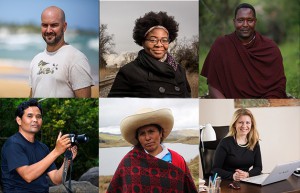

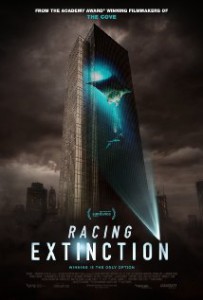
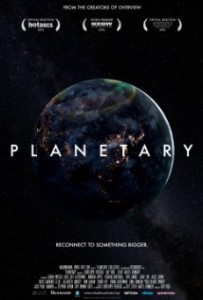
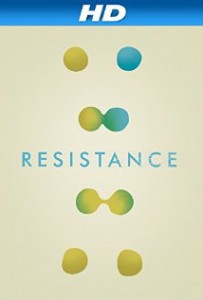
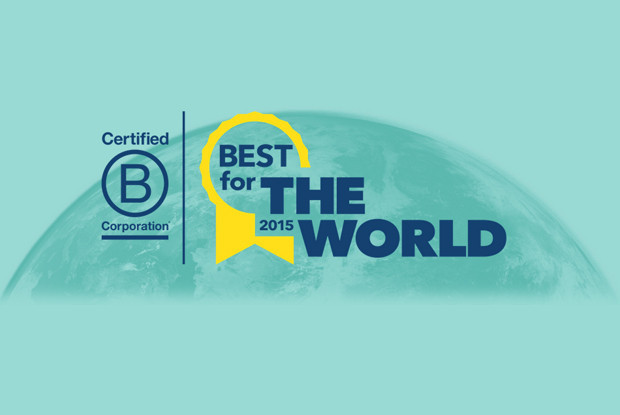


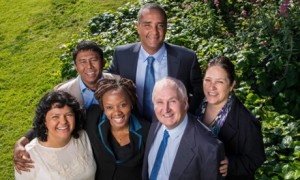

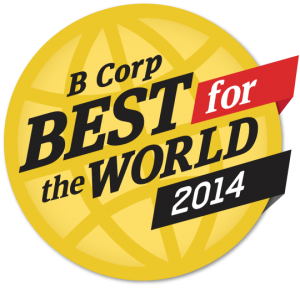




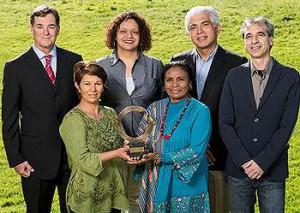
 The
The 